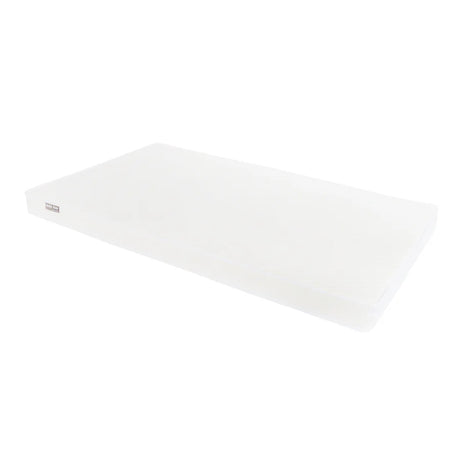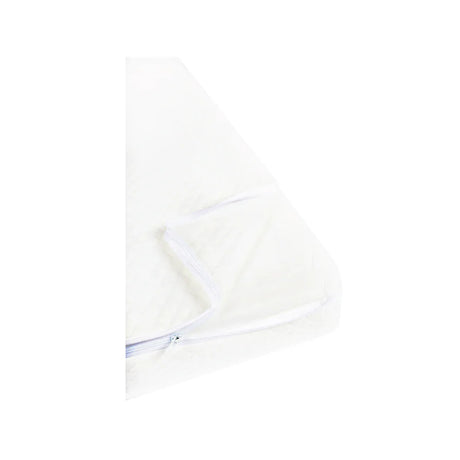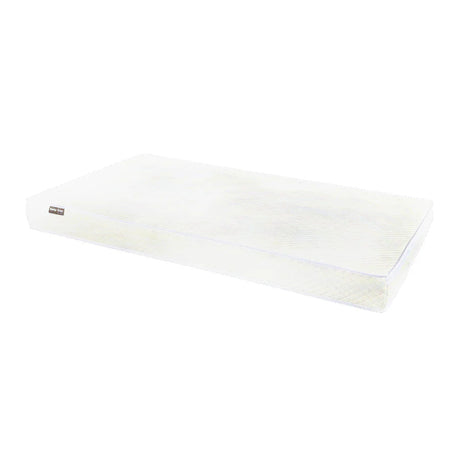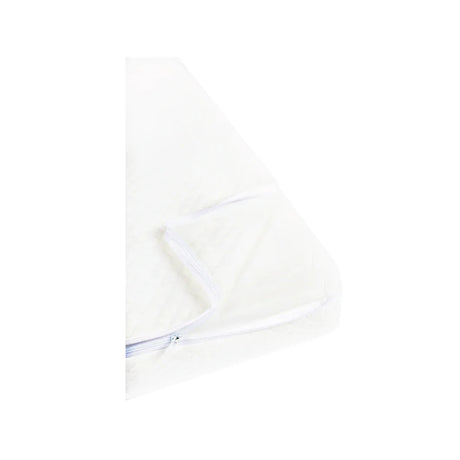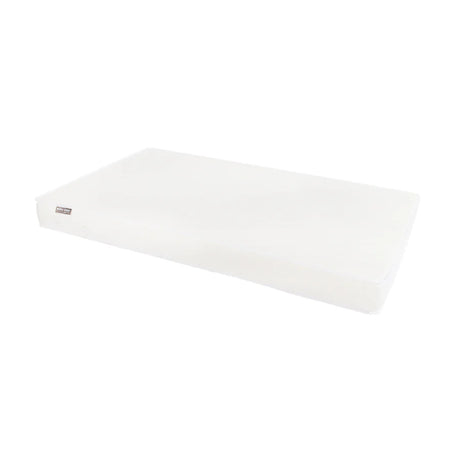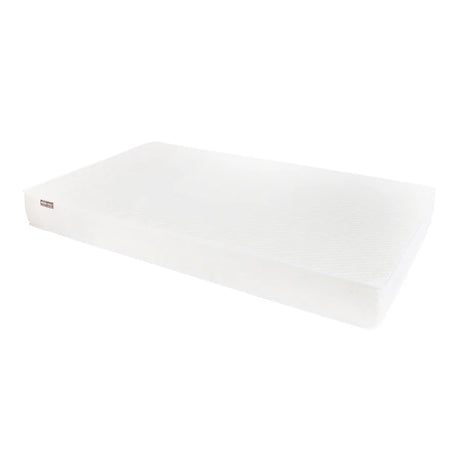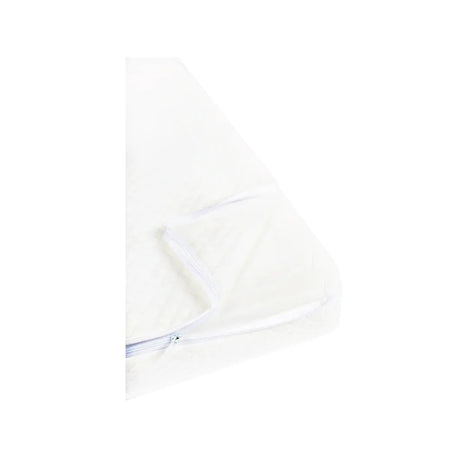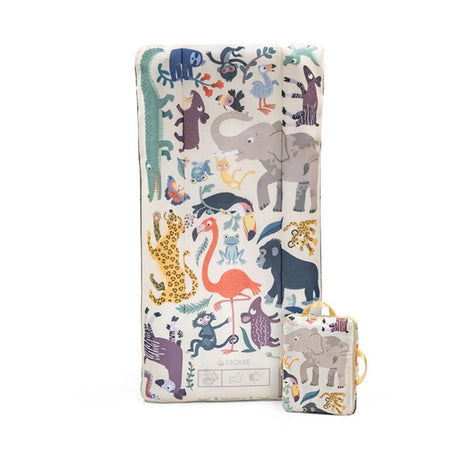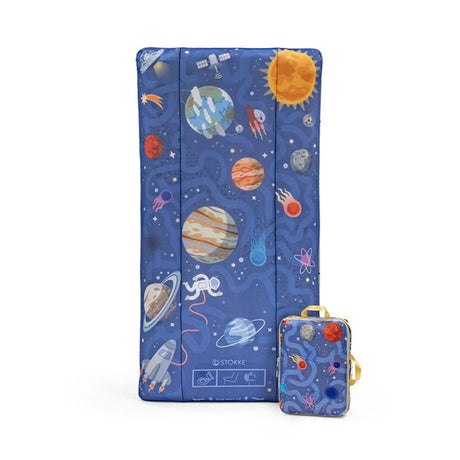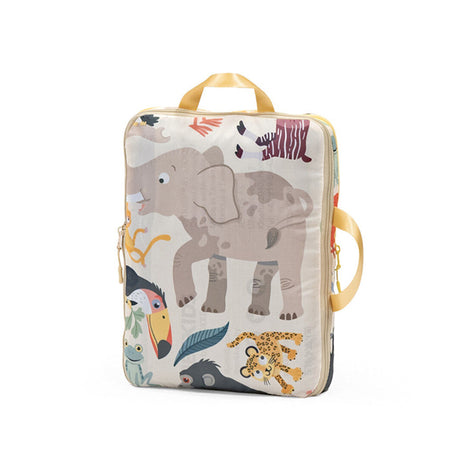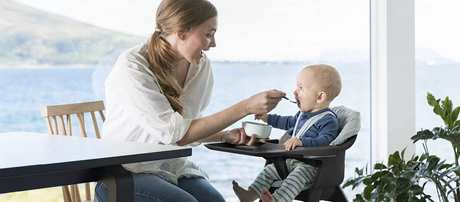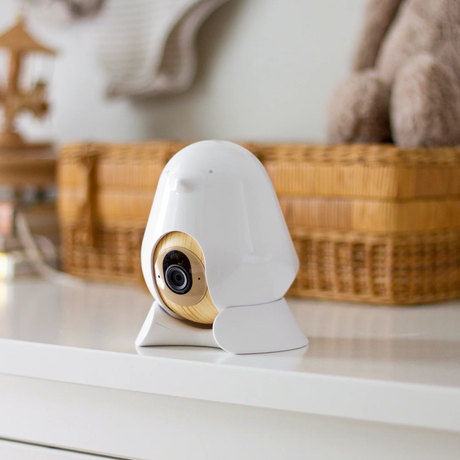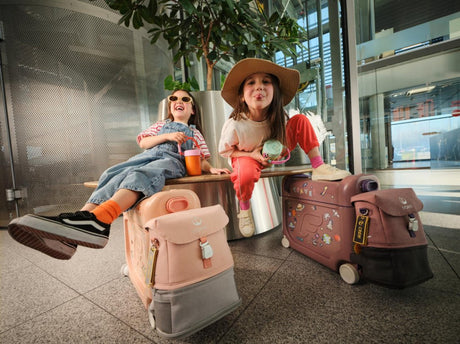Baby Mattresses
View all-
Regular price HK$399.00Unit price /Unavailable
-
Regular price HK$599.00Unit price /Unavailable
-
Regular price HK$499.00Unit price /Unavailable
-
Regular price HK$799.00Unit price /Unavailable
-
Stokke® JetKids™ CloudSleeper™ Inflatable Kids' Bed
Regular price HK$990.00Unit price /Unavailable -
Candide - Ocean friendly mattress(60x120cm)
Regular price HK$2,798.00Unit price /Unavailable -
Little Somethings - Mini Mattress NClass (95x52cm)
Regular price HK$1,398.00Unit price /Unavailable -
Candide - Mattress Protector 50x100cm
Regular price HK$168.00Unit price /Unavailable
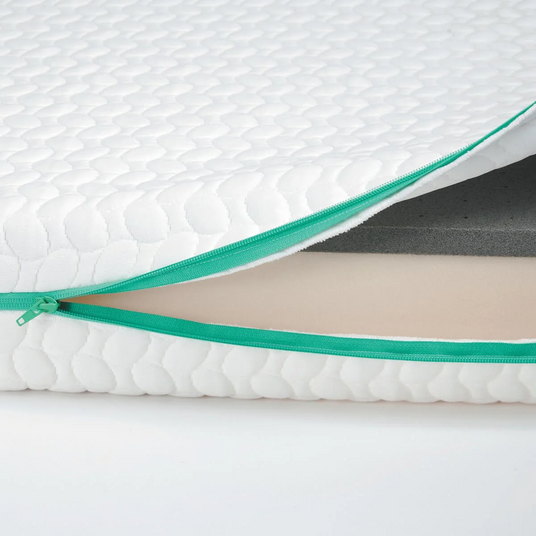
Use and regularly replace fitted sheet/ mattress cover
To keep it clean and hygienic, wecan use a fitted sheet or mattress cover for the baby mattress. This helps protect the mattress during everyday use. It’s also important to regularly wash and replace the sheets to prevent the buildup of bacteria and dust mites, ensuring a clean and comfortable sleep environment for your baby.
If your little one spits up milk or has a diaper leak, the sheets should be replaced immediately. It is a good idea to keep a few extra sets of bedding at home so you’ll always have a clean set ready!

Use a waterproof mattress protector
In addition to using a fitted sheet, a waterproof mattress protector is also an essential accessory for keeping your baby mattress in good condition! A waterproof cover can effectively prevent urine or other liquids from seeping into the mattress, helping to avoid mold, unpleasant odours, or bacterial growth that could affect the quality and hygiene of the mattress. Since the inside of a baby mattress is difficult to clean, it’s important for us to minimize the chance of it getting soiled and protect it from liquid damage!

Regularly Clean and Disinfect the Baby Mattress
Even with protective bedding in place, we should still regularly clean and disinfect the baby mattress to ensure that bacteria and dust mites do not accumulate. If there are stains on the surface of the mattress, use a damp cloth or mild cleanser to gently wipe it down and remove dust and dirt. Be sure to avoid using harsh chemical cleaners, as these may irritate your baby's skin.
If the baby mattress comes with a removable cover, we should also take it off and wash it regularly. Since the entire mattress can be difficult to clean, it’s helpful to occasionally place it under sunlight, ultraviolet rays can help kill bacteria and keep the mattress dry. However, do not expose the mattress to direct sunlight for extended periods, as this may damage its structure and function! Just a short sunning session from time to time will suffice.
If you have a vacuum or dust mite cleaner at home, you can also use it regularly to remove dust and mites from the baby mattress.

Regularly checking of the condition of the baby mattress
In addition to routine cleaning, we should regularly inspect the baby mattress to ensure there are no signs of damage or sagging. A damaged mattress may lose its intended function and affect both sleep quality and safety for your baby. If you notice that the internal padding has deformed, broken down, or lost its elasticity, it's time to replace the mattress with a new one. This helps ensure your baby continues to sleep safely and comfortably.
Discover More from Our Product Collections
DiscoverFAQs About Baby Mattresses
1. How often should I replace a baby mattress?
1. How often should I replace a baby mattress?
In general, we don’t need to replace baby mattresses frequently. A high-quality baby mattress can accompany your child as they grow and only needs to be replaced when transitioning to a larger bed. However, if the mattress shows signs of deformation or damage that affect its function and safety, it must be replaced promptly.
2. Are there any recommended high-quality baby mattress brands?
2. Are there any recommended high-quality baby mattress brands?
At Baby Galleria, you can find baby mattresses from trusted brands such as Stokke, Farska, Candide, and Little Somethings. These brands offer mattresses that comply with international safety standards and come with a variety of features to meet different needs while providing a safe and comfortable sleep environment for your baby!
3. Can I fold or bend a baby mattress for storage?
3. Can I fold or bend a baby mattress for storage?
We do not recommend folding or bending baby mattresses for storage unless they are specifically designed for that purpose, such as the Farska CompactBed Free. Regular baby mattresses may suffer internal damage or lose support if folded for long periods. It is best to store the mattress flat or upright in a dry area, or follow the manufacturer’s guidelines.
4. Will waterproof mattresses or protectors affect breathability?
4. Will waterproof mattresses or protectors affect breathability?
Some baby mattresses come with waterproof features. High-quality waterproof mattresses and protectors are typically designed with breathable layers, so they do not affect ventilation. Just make sure to check the mattress specifications to confirm breathability before purchase!
5. Can I let my baby use an old or second-hand mattress?
5. Can I let my baby use an old or second-hand mattress?
We do not recommend using old or second-hand mattresses for your baby. Each baby has different needs, and mattresses should be selected accordingly. More importantly, second-hand mattresses may have lost their support or suffered internal damage over time, and they may harbor bacteria or dust mites. For your baby’s health and safety, we strongly suggest purchasing a new mattress for each child.



